
What is Foam Density?
Foam density measures the mass of a cubic foot of foam material, expressed in pounds per cubic foot (PCF). It’s important to note that density is distinct from firmness, which determines how soft or hard the foam feels. High-density foam typically offers better durability and support, making it crucial to understand where a given density value stands within the broader scale.

Understanding Foam Density Ranges
1. Fair-Quality Foam (0.8LB – 1.5LB Density)
 |
Foams in this range are lightweight and cost-effective, suitable for light-use applications. These lower-density materials contain less physical foam mass, making them less durable and more prone to wear over time. |
Applications:


Pros: Affordable and versatile. Cons: Limited durability under frequent use.
This medium-density range represents a significant quality jump. These foams are more durable and better suited for everyday use while maintaining reasonable affordability.
Applications:


Pros: Balanced durability and cost. Cons: May lack the longevity of higher-density options.
High-density foams in this range are premium materials offering exceptional durability and resilience. With up to triple the foam mass of lower-density options, they are ideal for demanding applications.
Applications:

Pros: Outstanding durability and longevity. Cons: Higher cost, but often worth the investment.
Why Density Matters
A small difference in foam density can have a significant impact. For instance, while a 1.2LB density foam may seem close to a 2.8LB density, the latter offers substantially greater durability and resilience. Understanding the scale—ranging from 0.8LB to 3.5LB—enables you to identify the perfect foam for your specific needs.
Key Takeaways
By understanding foam density ranges, you can confidently select a product that aligns with your application and budget. Whether you’re seeking cost-effective packaging solutions or a durable mattress topper, knowing how density values translate into performance will empower you to make the right choice.
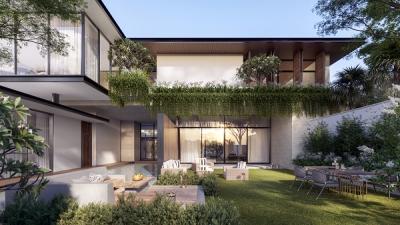
The News 10/11/2025
In the midst of the hustle and bustle of urban life, many Vietnamese families are looking for a different living space – where they can enjoy modernity without being far from nature. Tropical Modern villa architecture is the perfect answer to this need. Not only an aesthetic trend, this is also a smart design philosophy, harmoniously combining technology, local materials and Vietnam's typical tropical climate.
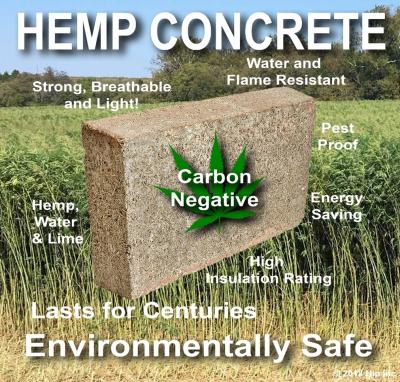
The News 25/10/2025
Hemp-lime (hempcrete) is a non-load-bearing covering material consisting of a hemp wood core (hemp shiv/hurd) combined with a lime-based adhesive, outstanding for its insulation – moisture conditioning – indoor environmental durability; in particular, IRC 2024 – Appendix BL has established a normative line applicable to low-rise housing, strengthening the technical-legal feasibility of this biomaterial.

The News 11/10/2025
Amid rapid urbanization and global climate change, architecture is not only construction but also the art of harmonizing people, the environment, and technology. The Bahrain World Trade Center (BWTC)—the iconic twin towers in Manama, Bahrain—is a vivid testament to this fusion. Completed in 2008, BWTC is not only the tallest building in Bahrain (240 meters) but also the first building in the world to integrate wind turbines into its primary structure, supplying renewable energy to itself [1]. This article explores the BWTC’s structural system and design principles, examining how it overcomes the challenges of a desert environment to become a convincing sustainable model for future cities. Through an academic lens, we will see that BWTC is not merely a building but a declaration of architectural creativity.
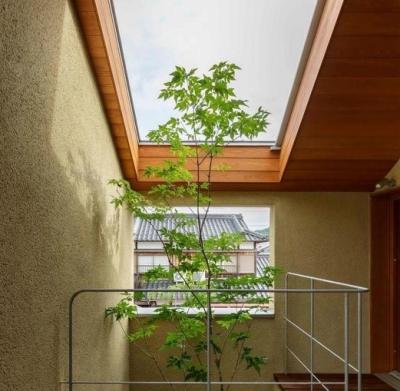
The News 04/10/2025
As buildings move toward net zero architecture and glare free daylighting, traditional glass façades reveal limitations: high thermal conductivity (~0.9–1.0 W/m·K), susceptibility to glare, and shattering on impact. In this context, transparent wood (TW) is emerging as a multifunctional bio based material: it offers high light transmission yet strong diffusion (high haze) to prevent glare, lower thermal conductivity than glass, and tough, non shattering failure. Recent reviews in Energy & Buildings (2025) and Cellulose (2023) regard TW as a candidate for next generation windows and skylights in energy efficient buildings. [1]
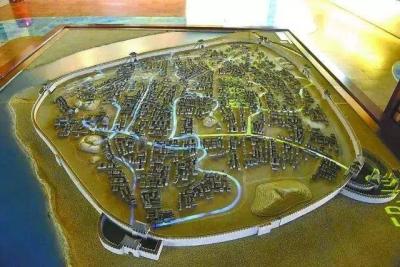
The News 27/09/2025
Urban flooding is one of the greatest challenges of the modern era, when sudden and unpredictable rainstorms can paralyze entire cities. Few would imagine that over a thousand years ago, people had already discovered a sustainable solution: the Fushougou drainage system in the ancient city of Ganzhou, Jiangxi. Built during the Northern Song dynasty, this project remains effective to this day, protecting the city from floods—even during historic deluges. The story of Fushougou is not only a testament to ancient engineering but also a valuable reference for today’s cities seeking answers to water and flooding problems.
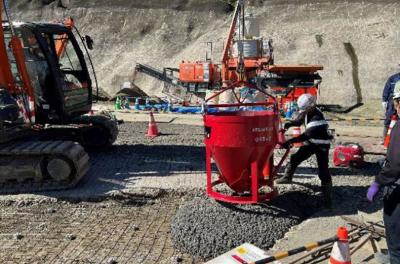
The News 20/09/2025
The construction industry is currently facing immense pressure to reduce carbon emissions, as concrete is not only one of the most widely used materials but also a major source of CO₂ due to its reliance on Portland cement. In response, Shimizu Corporation has conducted extensive research to develop sustainable material solutions aimed at achieving carbon neutrality. One of the most remarkable outcomes is carbon-negative concrete, which partially replaces cement and aggregates with biochar. This biochar is produced from sawdust through a carbonization process and has the unique ability to retain a significant amount of carbon that would otherwise be released into the atmosphere through natural decomposition or combustion. Thanks to this property, carbon-negative concrete not only maintains the necessary mechanical strength for construction but also directly contributes to reducing greenhouse gas emissions. This innovation is considered a promising step that opens new directions for the advancement of green construction in Japan and worldwide.